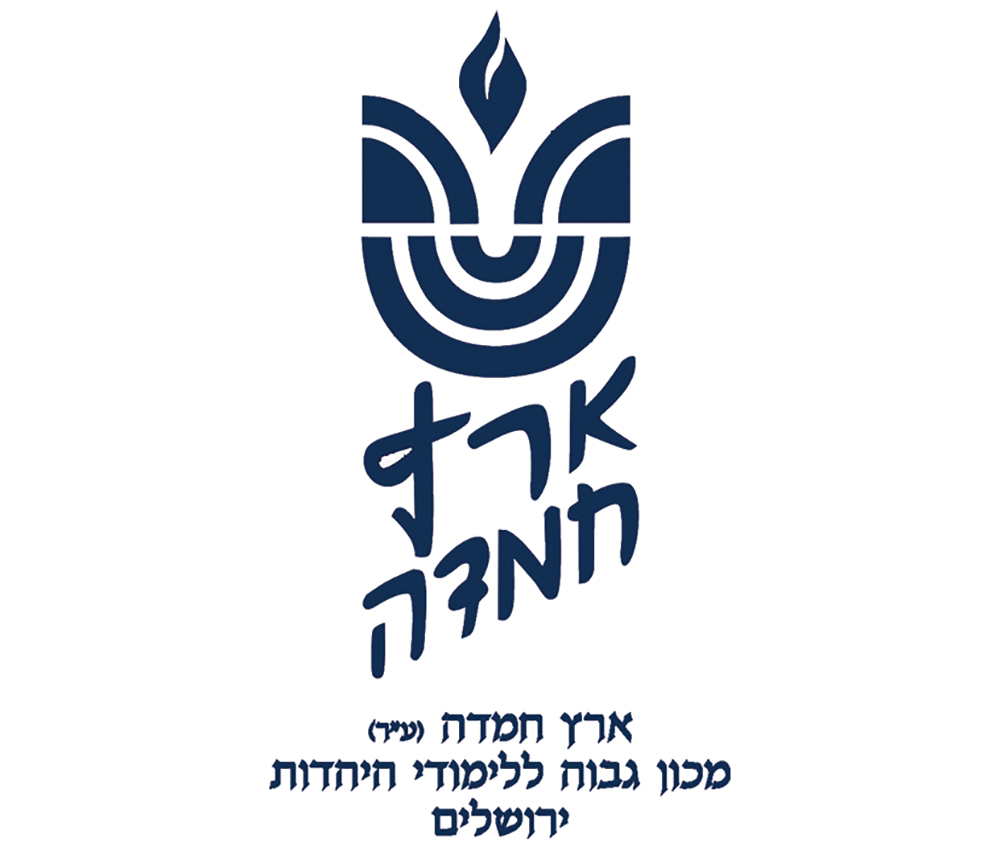
לעילוי נשמת
יואל אפרים בן אברהם עוזיאל זלצמן ז”ל
Question: We usually do Kiddush Levana outside shul on Motzei Shabbat. Is it supposed to be done with a minyan or some other minimum number of people?
Answer: Kiddush Levana is mentioned by an early Amora (Sanhedrin 42a). Early sources do not connect it to a minyan or to tefillah. The Pri Chadash (226:1) tries to prove it does not require a minyan from the fact that the mishna (Megillah 23b) does not list it as one of the things that requires a minyan. This implies that Kiddush Levana—which does not appear in Tannaic sources—was instituted before that mishna was written. Some point out that the Gemara’s language is singular. One way or another, there is insufficient source and/or logic to require a minyan, and the broad consensus is that one fulfills the mitzvah even by doing it by himself.
That being said—many Acharonim (see Magen Avraham 426:6) have the minhag to try to have a minyan—applying to it a general rule in ritual matters:“berov am hadrat melech” (the greater number of people who take part together, the greater the honor to Hashem). If that is the reason, it is clear why the mitzvah counts without a minyan, as “berov am hadrat melech” is a classical hiddur (improvement to a mitzvah) whose absence does not—as a rule—disqualify mitzvot. There is an opinion that because it is a bracha of shevach (praise), and it is seen as greeting the divine presence, a minyan is particularly important (Teshuvot Vehanhagot I:205). (The idea of it being a birkat hashevach is not very convincing, as the Gemara sounds like it resembles other brachot in which we praise Hashem for natural phenomena (e.g., on thunder, seeing great bodies of water), which are not as a group.) The way the practice has developed, there is another gain in having a minyan, since we recite Kaddish after it (see Kaf Hachayim, Orach Chayim 426:13).
There is a question about what is needed to attain “berov am hadrat melech” status. There is an opinion in the Gemara (Gittin 46a) that three people constitute rabim (many or public) (the other opinion says 10), and the Gra (to Orach Chayim 422:2) accepts it and applies it to contexts similar to ours (see Rama, Orach Chayim 422:2). Therefore, the Biur Halacha (to Orach Chayim 426:2, based on Chayei Adam 68:11) says that the difference between doing Kiddush Levana with 10 or three is not major. It is likely that the point is that it is not mainly a question of what the minimum is for “berov am hadrat melech.” Rather, there are levels of “berov am hadrat melech” and of hiddur.
Regarding under three, there is likely an advantage to doing Kiddush Levana with another person. Rav Feinstein (Igrot Moshe, Orach Chayim I, 146) sees precedent in the Gemara that the presence of a second person shows one did not chance upon the moon, but intentionally encountered it to show appreciation. Also, the Levush (626:1) points out that in order to fulfill the custom of saying, “Shalom aleichem,” one needs at least one other person.
Level of value is relevant regarding competing values. One such value is zerizin makdimin lemitzvot (it is best to do mitzvot as early as possible), which generally is more important than “berov am hadrat melech” (see Rosh Hashanah 32b). A third value is specific to Kiddush Levana—it is preferable to do Kiddush Levana on Motzei Shabbat—mainly because we are usually better dressed then (Shulchan Aruch, Orach Chayim 426:2). The minhag is clearly to wait for Motzei Shabbat even though one could have done it earlier. However, some say that if earlier there is a chance to do it with a minyan—whereas he will not have one on Motzei Shabbat—the two advantages of doing it earlier win out in that case (see Shaar Hatziyun 426:20). The Biur Halacha (ibid.) says that while it is worthwhile to wait several days (when there is not concern of cloud cover until the middle of the month) to do it with a minyan, if earlier there is a chance to do it with three, the net gain does not necessarily justify the wait.
While we have not exhausted all the permutations and opinions, we have seen the logic and extent of the preference of having several people together for Kiddush Levana.
Rabbi Mann is a dayan for Eretz Hemdah and a staff member of Yeshiva University’s Gruss Kollel in Israel. He is a senior member of the Eretz Hemdah responder staff, editor of Hemdat Yamim and the author of “Living the Halachic Process Volumes 1 and 2” and “A Glimpse of Greatness.”











